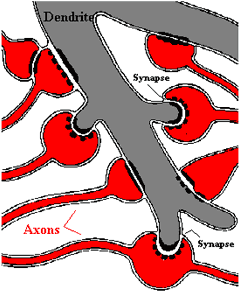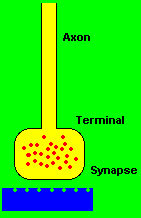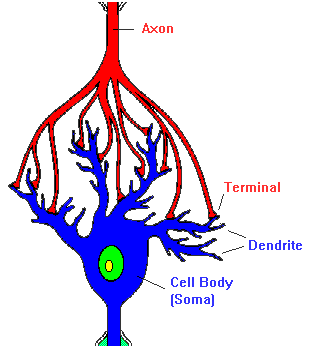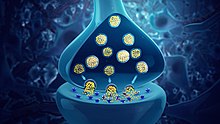Nerves deliver information to each other via diffusion.Diffusion is a passive function and has nothing to do with "delivering information" to specific areas in the body and brain via the microtubule network.
Once again you read a report and didn't understand it.These proteins are not distributed via "diffusion". They are distributed by MT to specific sites where these proteins are needed.
P63 is one of the motor proteins that the endoplasmic reticulum uses to move stuff along. From the report: "a motor protein that binds to microtubules provides motility and a cargo protein that anchors the motor molecule to the membrane." This describes a motor protein that allows the endoplasmic reticulum to move microtubules along, and an "anchor" protein that keeps the assembly anchored to the ER.
In other words the microtubule is the thing being moved, not the thing doing the transporting. Think of the ER as the road, the motor proteins as the truck and the microtubules as lumber they are moving somewhere else in the cell.








